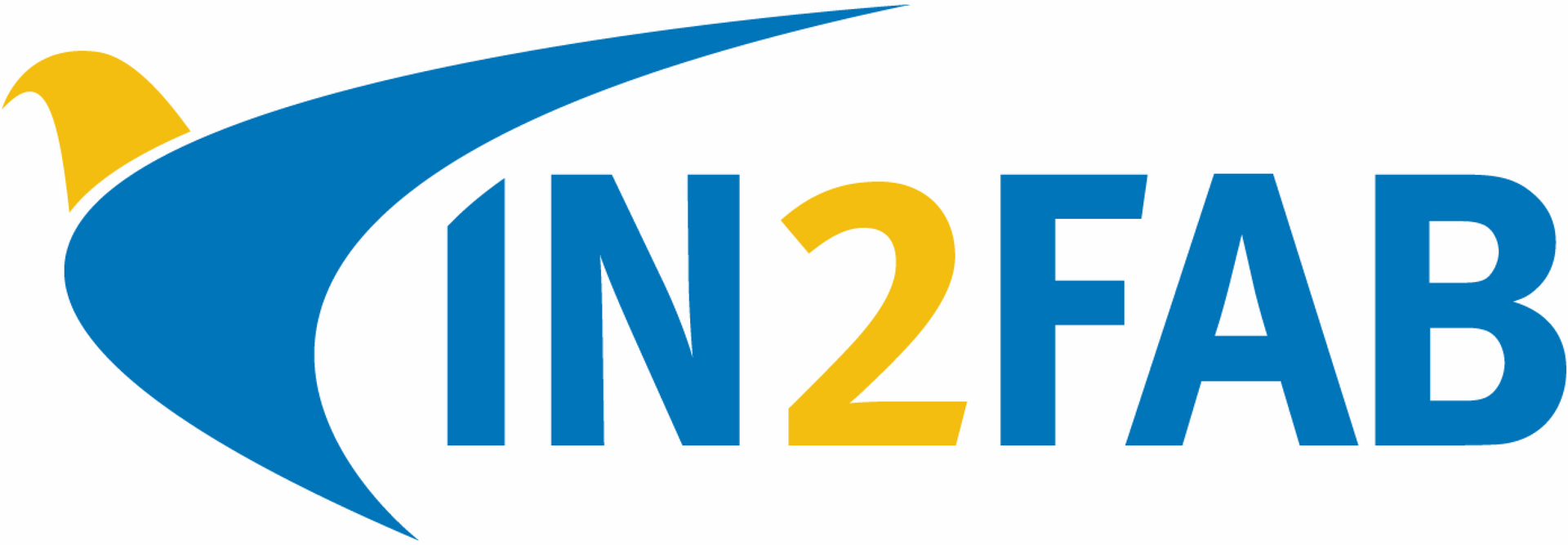The Silent Leak in Semiconductor Security
Why PDKs Are the Next Frontier for IP Theft
The semiconductor industry just got a harsh reminder that even the most advanced fabs aren’t immune to leaks. TSMC, the world’s most valuable chipmaker, recently uncovered a serious internal breach involving its 2nm process technology. Several employees, both current and former, were caught capturing and sharing confidential process-integration images, leading to immediate terminations and arrests under Taiwan’s National Security Act.
Not long before, South Korea's SK Hynix faced a similarly alarming case: an engineer printed 4,000 pages of proprietary process data and smuggled them out in shopping bags before joining Huawei. The simplicity of the method underscores a chilling truth, sometimes the biggest threats don’t come from hackers, but from people inside the building.
When Secrets Become Strategy
These incidents are part of a growing pattern. Semiconductor IP theft is accelerating because the stakes have never been higher. Every process node represents billions of dollars of R&D and national security value. Even partial access to process data, recipes, layout rules, packaging methods, can shave years off a competitor’s development cycle.
But the real danger isn’t always buried deep in the fab. Increasingly, it’s distributed intentionally, through something every foundry must share with customers: the Process Design Kit, or PDK.
PDKs: The Hidden Vulnerability
A PDK is the bridge between the fab and the designer, a package that contains the design rules, transistor models, layout libraries, and parameterized cells (Pcells) needed to build chips that match the foundry’s process. While PDKs don’t reveal the entire manufacturing recipe, they expose just enough of the underlying physics and geometry to make them incredibly valuable. From transistor dimensions to metal stack details, a PDK provides a roadmap of what a foundry’s process can (and can’t) do.
And here’s the problem: most PDKs are not truly secure.
Anyone with a compatible EDA tool can open a PDK, explore its models and layouts, and gain insight into the foundry’s performance limits. Each file describes how devices behave, how they scale, and how far the process can be pushed. In the wrong hands, that’s gold.
Every Copy Is a Risk
Foundries have added layers of verification, licensing, and digital tracking before releasing PDKs, but each external copy is a new point of vulnerability. If a foundry like TSMC can suffer an internal breach, what happens when hundreds of copies of its PDKs circulate among design partners worldwide?
Even if the PDK alone can’t recreate a process, it’s still a valuable piece of the puzzle. Combine it with stolen images, measurements, or partial recipes, and an adversary could map out critical details of an advanced node.
Securing the Design Chain
Protecting semiconductor IP now means protecting the design ecosystem. That includes encrypting PDK contents, watermarking files, restricting access, and auditing every use. Security can’t stop at the fab door, it has to extend into the EDA tools, the partner companies, and the individual engineers using them.
Because the next big leak in the chip world might not come from a spy with a camera. It might come from a PDK sitting quietly on someone’s laptop.
Explore PDK security with IN2FAB's Secure PDK.












